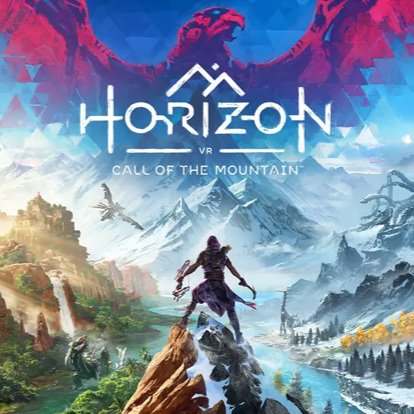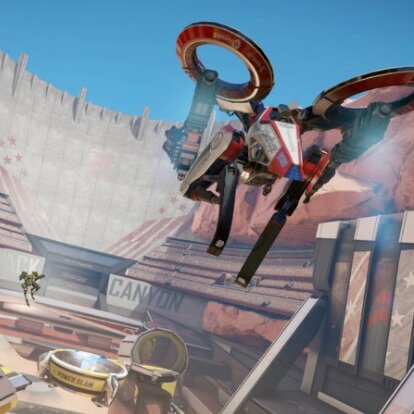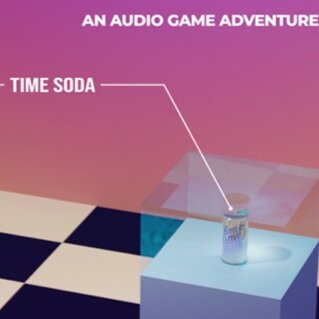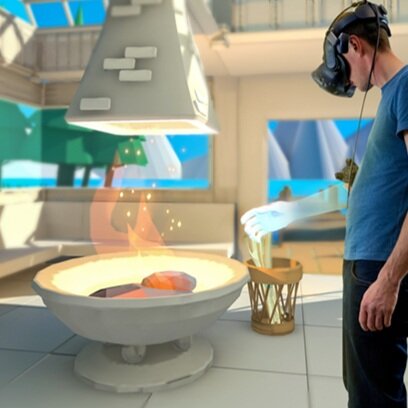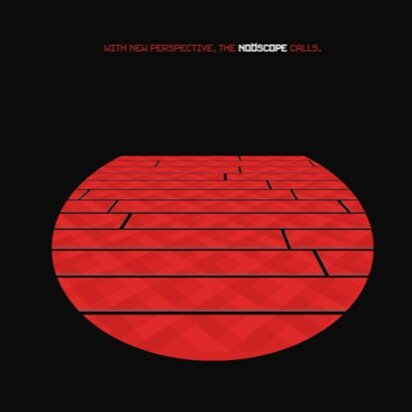- snowdown -
Project Description
Created by a small indie team for Dare To Be Digital 2015, SnowDown is a 2-player competitive snowball fighting game driven by the gyrometer and accelerometer on your smartphone. Players use their phone as a window into the world, using a combination of phone orientation, touches, and gestures to roll, throw, and block snowballs. Positioned across from each other as they play, players must divide attention between read real life body movement and their screens to succeed.
To play the game, first install the app on two phones. After making sure that the phones are connected to the internet, one player must create a lobby with a unique four symbol code. To join the game, the second player must join using this room code. Before starting, each player must complete a quick tutorial sequence.
- Concept Design // Systems Design // Texturing // VFX // Production - Android // Mobile Devices - 2015 // 2 months // Team Project (8) -
Project Role
I was involved with SnowDown from the beginning; drafting the core concept and mechanics with the other designer on the team. Leading up to production I took up the role of team lead and producer through the process of team formation, project pitching, video materials, and the DTBD application process.
As team lead, I maintained project vision and directed the art, code, and design elements for the game; keeping the team on track through trello. Additionally I was the spokesperson and contact point for the team, which included Dare organisation and an online Twitter presence through Dare channels.
My position in the team was highly flexible - I created smaller art assets such as texturing work and particle effects, and was active in the design and iteration of game mechanics and systems. Lastly, I reviewed audio direction.
Challenges
Our design philosophy drove us to innovate with the various sensors and inputs the mobile platform offers. We saw Dare and its BAFTA affiliation as an opportunity to show live audiences something new, meaning that usability was a constant balancing act. Satisfying and surprising gameplay versus the ability to give good impressions over small play sessions with minimal explanation.
The project had a very cramped production time - time in which I had to grow tremendously as a lead. Besides making game content I focused on coaxing team members out of their shells creatively, dealing with marketing, milestones, and other Dare commitments.
Changes behind the scenes at Dare forced us to stay adaptable. The end phase of the competition revolved around a four day live demo of all the finalists, complete with stands, mascots, and promotional material. For instance, we were not notified that there would be no WiFi coverage on site until after the game had already been completed - despite pitching a game with online requirements. Additionally, we had to supply our own hardware and materials.
Goals and Outcome
At the core, we wanted to challenge ourselves to think in new directions for mobile, and to get our players engaged and competitive with one another. Of course, we hoped that the Dare environment would reward us for that effort.
To our delight, audience reception showed just that. Throughout our four demo days, we had people of all ages play our game against each other - children with their parents, friend versus friend, and developer versus developer. It was amazing to coax the adults out of their shells and play some games with their kids. As we played and watched our game be played, we developed insight into the meta rules that our game systems created; there was an obvious learning curve on display with repeat players.
In the end, we did not win a nomination for the Dare BAFTA award. It came down to a hidden weakness of the game - no monetary model or business plan. Ideas had been kicked around, but not implemented during out 2 month cycle, but we underestimated how this element would weigh for the judging. On a positive note, the judges that did play our game gave us positive feedback on the direction we were taking.
Software Tools Used
- Adobe PhotoShop // Unity 3D // Autodesk Maya // Sony Vegas // Trello -
Amazing People I Worked With:
- Game Design by Brenden Gibbons // brendengibbons.me -
- Programming by Yan Knoop // www.yanknoop.com -
- Programming by Apostol Dadachev // -
- Environment Art by Iris Van Peer // -
- Environment Art by Corné Willemsen // -
- Character Art and Animation by Dave Reuling // www.davereuling.weebly.com -
- Audio by Leonhard van Voorst // Tumult Kollektiv -




